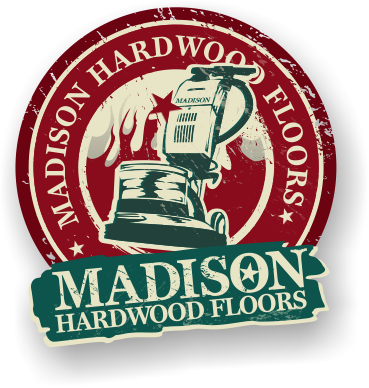What Can Be Done About Squeaking Hardwood Floors
Madison Hardwood floors can perform minor fixes to try and reduce squeaking including pining down boards or, if in conjunction with an install where the substrate is exposed, screw the substrate to the joists. We do not block out joists, work from below to re-adhere or shim joists to substrates, screw from below up into hardwoods, or re-sheet substrate over joists. Large projects like that then to fall in inline with carpentry trade.
Squeaky hardwood floors are a common problem, and there are a number of reasons why they might occur. Some of the most common causes include:
Loose nails or screws: When the nails or screws that hold the floorboards in place become loose, the boards can move and rub against each other, causing a squeak.
Uneven subfloor: If the subfloor is not level, it can cause the floorboards to move and squeak.
Moisture damage: If the hardwood floors have been damaged by moisture, they can shrink and become loose, leading to squeaks.
Joint movement: When the joints between the floorboards move, it can cause a squeak.
Loose joists: If the joists that support the floorboards are loose, it can cause the floorboards to move and squeak.
Wintertime contraction: As the temperature gets colder, the air gets drier. This can cause hardwood floors to shrink and become loose, leading to squeaks.
Foot traffic: Squeaks are more likely to occur in areas with heavy foot traffic. This is because the weight of people can cause the floorboards to move and rub against each other.
Moisture damage: If your hardwood floors have been damaged by moisture, they can shrink and become loose, leading to squeaks.
Old age: Hardwood floors can wear out over time. As they age, they can become loose and start to squeak.
There are a number of ways to improve squeaky hardwood floors. Each approach must be custom fit for the specific cause.
Tightening the nails or screws: If the nails or screws that hold the floorboards in place are loose, you can tighten them with a screwdriver.
Leveling the subfloor: If the subfloor is not level, you can level it with shims.
Replacing damaged floorboards: If the hardwood floors have been damaged by moisture or other factors, you may need to replace the damaged floorboards.
Removing and replacing the entire substrate
